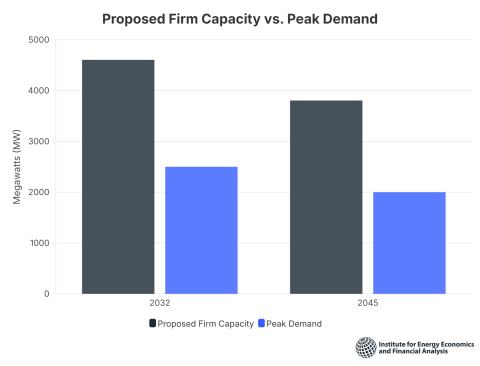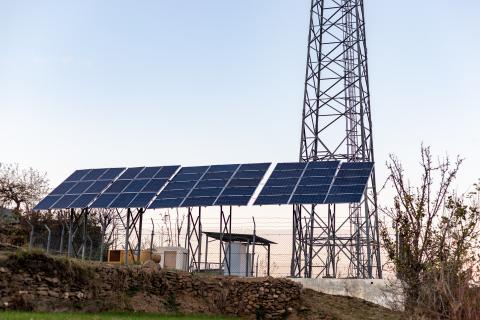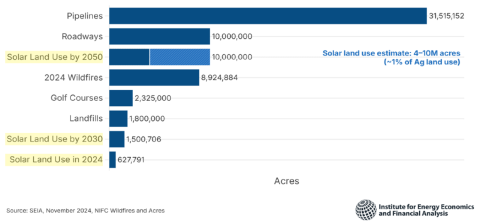Duke Energy and costs of coal ash cleanup
Download Full Report
Key Findings
Duke Energy has maintained prudent borrowing policies. In 2013, Duke Energy received $24.6 billion in revenue and paid 6.1%, or $1.5 billion, in interest expenses.
Duke Energy Carolinas is capable of generating additional cash and borrowing to pay for a significant portion of the coal ash cleanup expense.
In its first quarter 2014 financial report, Duke Energy notified its shareholders of the Dan River ash spill and said it would not seek recovery of clean-up costs from ratepayers.
Executive Summary
Duke Energy and its subsidiary Duke Energy Carolinas are well-positioned to provide the needed financial resources to cover the estimated $2-$10 billion cost of cleaning up its 14 coal ash sites in North Carolina. The company has stated it will seek rate relief to offset these expenditures. The company is capable of absorbing the costs of the ash fill cleanup. Given recent rate increases, Duke Carolina and its parent Duke Energy do not require additional rate relief to offset cleanup costs. Taken as a whole, cleanup of coal ash sites should not have any material impact on long term stock performance.
The two entities can develop a financial plan over a period of years that combines: 1) additional borrowing by Duke Energy Carolinas; 2) cash resources from operating flows; 3) adjustments to the company capital projects portfolio (a capital expenditure program that already includes funds set aside for ash management); 4) slower dividend growth; 5) sales of underperforming or noncore assets and 6) insurance. Prudent management of these financial resources should allow the company to undertake the cleanup without any material impact on long term company performance.
Press release: Memo- Duke Energy and Costs of Coal Ash Cleanup
Please view full report PDF for references and sources.














